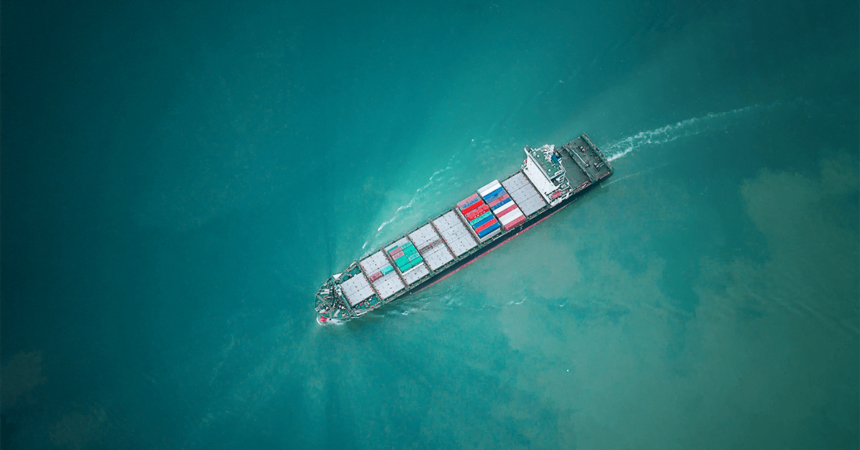Adm. Ben Key, first sea lord of the UK Royal Navy, said militaries and maritime communities must work together to provide better security to seabed cables that enable data transmission across the Atlantic or Pacific oceans.
During a conversation with the Center for Strategic and International Studies on Tuesday, Key, who advises senior ministers of the Crown on maritime strategy and policy, explained that undersea cables and connectors are located on the high seas or territories that are “owned by nobody.”
“We’re exploring a whole area which we don’t fully understand at the moment,” he said. “When we first put together the United Nations convention for war on the sea, for instance, it was very much focused on what happens on the surface of the sea.”
The admiral pointed out recent progress at the Royal Navy to counter undersea threats.
He mentioned the Royal Fleet Auxiliary Proteus, a ship designed for underwater surveillance. Proteus recently entered service and will operate as a “launchpad” for remotely operated vehicles under the Multi-Role Ocean Surveillance program.
The country is also leading a multinational expeditionary force. Although the high-readiness global task force was established to address security issues across Europe’s High North, Key said it could also operate with “some agility in the sub threshold.”
His comments followed reports that an undersea telecommunications cable between Sweden and Estonia had sustained damage. Finnish authorities said two vessels, one from China and another from Russia, are among those under investigation in relation to the incident.


